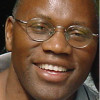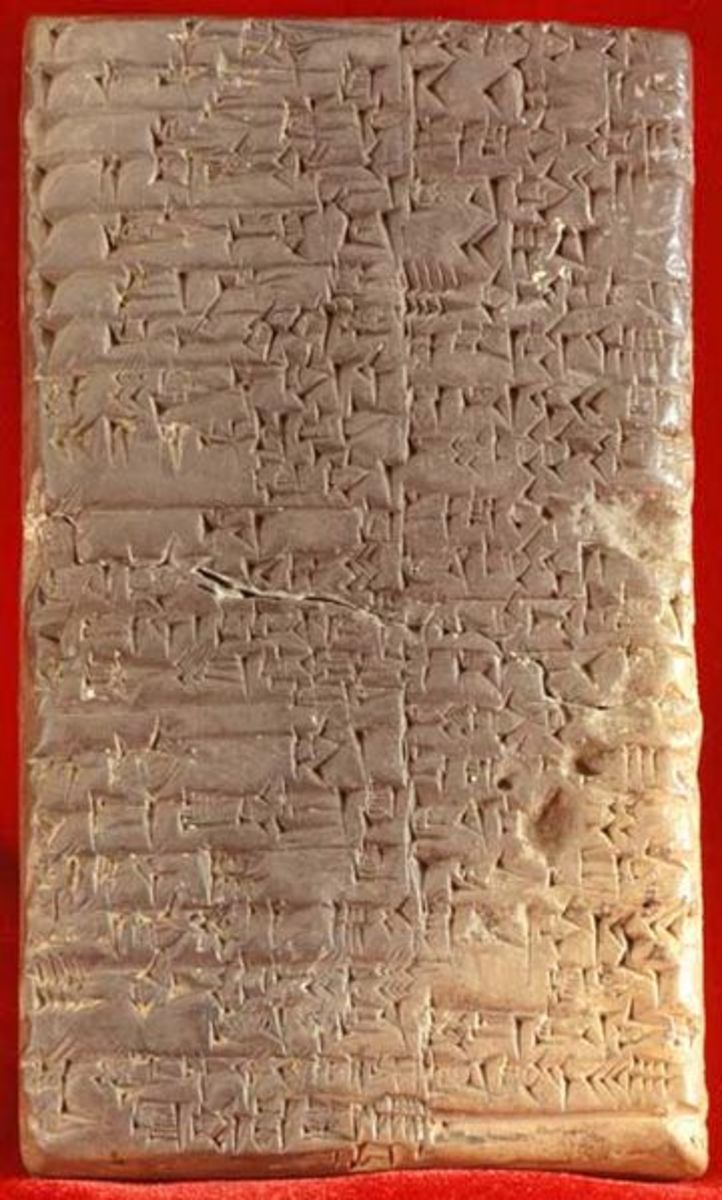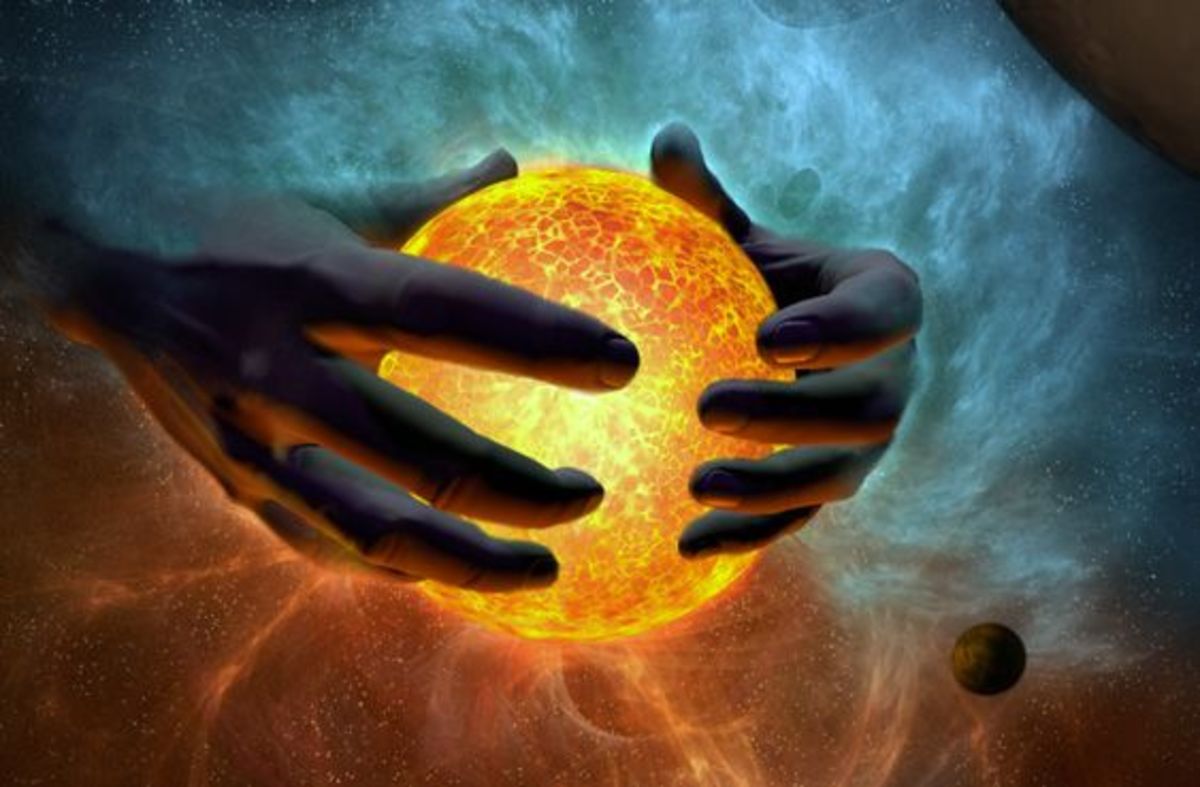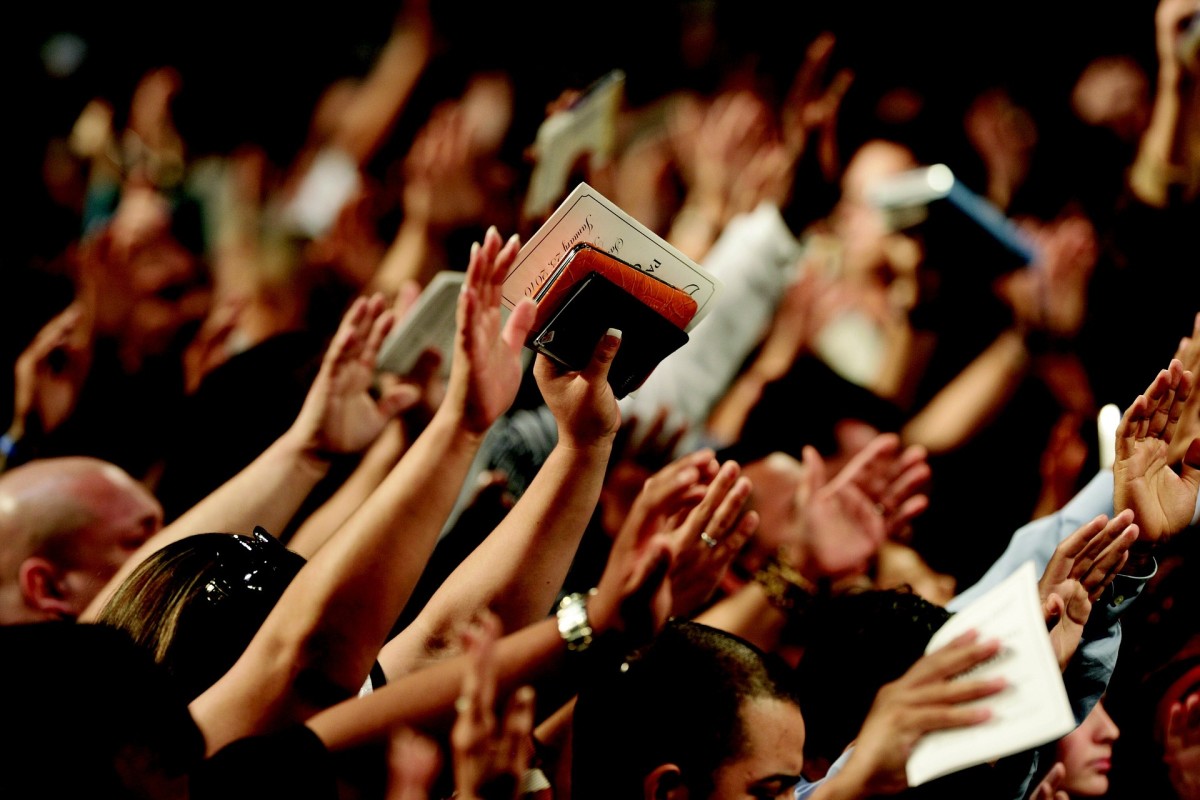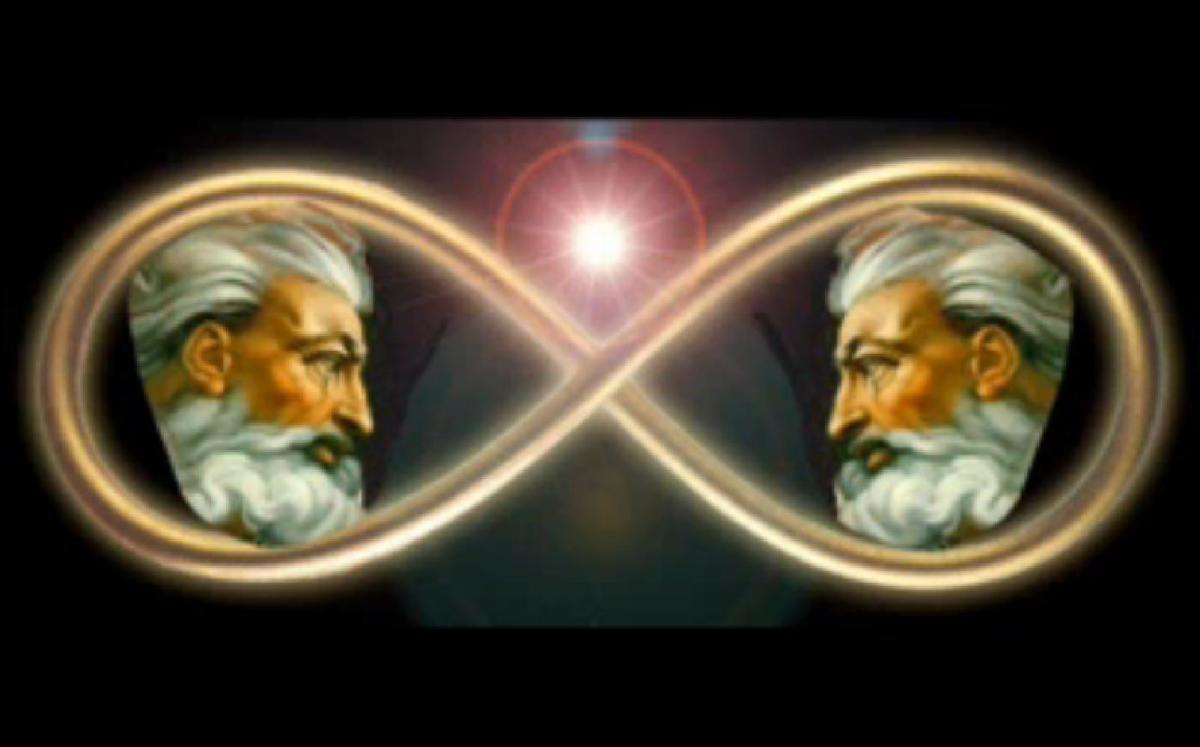Origins of Time, The Ancients, and Future Civilizations.

The Next Frontier
Time is a component of a measuring system used to sequence events, to compare the durations of events and the intervals between them, and to quantify the motions of objects. Time has been a major subject of religion, philosophy, and science, but defining time in a non-controversial manner applicable to all fields of study has consistently eluded the greatest scholars. (Source: http://en.wikipedia.org/wiki/Time)
At the point in history when Homo sapiens became socially aware, time was considered to be cyclical, or a matter of day and night. The seasons were a matter of birth and death, and calendars were based on planetary movement. Every timed event was explained via cycles within cycles. This perhaps, would explain why ancient civilizations like the Mayans, Africans, and others determined time by natural events relating to planetary movements occurring within cycles.
These cycles could take place daily such as the rising and setting of the sun - or they could take place annually, causing repetitive seasons (spring, summer, winter, and fall), or they could take place generationally such as certain types of eclipses. Certain events could also take place within a one hundred or ten thousand year cycle such as Celestial bodies — the Sun, Moon, planets, and stars — which have provided reference for measuring the passage of time throughout existence. Ancient civilizations relied upon the apparent motion of these bodies through the sky to determine current and future events.
One of the oldest religions, Hinduism has viewed time much the same way for over 4,000 years – which is nothing more than a series of cycles within cycles within cycles; night and day, sunrise to sunset, season to season - making the experience of time insignificant in their daily lives.
In still another historical religion known as ancient Judaism, time was mainly cyclical until 9th century BC. This was when the ancient historians developed a way to trace Hebrew history from creation to Abraham’s act of faith, to his stop short of the Promised Land. The value of time shifted from cyclical to what was described as “Salvation History.” Dates we’re not crucial. From this point time ceased to be one repeating cycle after another and instead became a series of short term events that progressed from a well defined beginning to an appointed end. Christianity later adopted this new form of ‘Salvation History‘ as the basis for its own doctrine which captured time in the form of birth, life, death, and in the case of Christ - resurrection. Salvation History created depth and boundaries by identifying beginnings, in betweens, and endings. Salvation History was later described as “Objective Time”, which ushered in the era of religion based on the 12 astrological signs of the zodiac (explored in another post).
Somewhere around the 13th century the clock was born which made a profound change on daily routines. This remarkable invention brought in the era of “Linear Time”. Linear Time was more accurate than Objective Time because it allowed time to be measured in intervals. The clock and Linear Time was first applied directly to the church because people were having problems getting there on time.
With Linear Time, church services would now start at a specific time of the day which coined the phrase “Timeliness is next to Godliness.” The clocks were made from loud metal, ticking parts whose time would vary from 16 to 20 minutes. Since its accuracy could not be trusted the masses were still determining time by Salvation History or Objective Time.
Later in the century a bell clock was created which gave more prudence to Linear Time in that time management among the masses can now be synchronized. With this new creation people could now get up at the same time and coordinate daily events together. So the lives of the villagers began to evolve around the bell clock. Sleeping, eating, working, praying, or just lounging was all determined by the bell. In ancient time the sound was identified as “chimes” of the clock, which coined another modern day phrase “The chimes of Time."
The creation of the bell clock – or management of Linear Time allowed the masses to divide the day into smaller, equal parts as opposed to simply sunrise and sunset, which no longer provided value in regards to time measured events. In 1656 the Dutch astronomer Christian Huygens allegedly added weight to the clock. This weight was later identified as a “pendulum”. The pendulum narrowed the synchronization of the clocks from 20 minutes to 6 seconds. The pendulum created a solution to the demand for accurate time keeping and came at a crucial moment during the beginning of the industrial revolution.
Urbanization and industrialization was the buzz word and people in the cities were paying strict attention to time. It was also the age of the steam engine where railways connected villages and towns together. Even with this new, more accurate clock, each railway ran according to its own perception of time. It could be 2:30 p.m. in one town and 1:45 p.m. in another town - just miles down the rail line. Since only one rail line existed this of course, created severe problems for travelers and significant risks for rail line crashes.
Therefore, schedules had to be created based on synchronized times which led to the creation of local “Time Zones” and eventually global ‘time zones‘. Now each train could adjust their times by the hour. For train conductors the hours were important but the minutes became crucial. With the creation of time zones it was always the same minute before or after the hour no matter which side of the zone one lived. It was first thought that the steam engine was central to the industrial revolution but the invention of the clock was the crowning achievement that all other machines aspired to.
Very llittle is known about the details of timekeeping in prehistoric civilizations, but wherever records and artifacts are discovered it is usually determined that every culture were preoccupied with measuring, tracking and recording the passage of time. Over 20,000 years ago artifacts suggested that Ice-age hunters scratched lines and gouged holes in sticks and bones, in an effort to calculate days between cycles of the moon.
Five thousand years ago, it is alleged that the Sumerian civilization in the Tigris-Euphrates valley created a calendar that divided the year into 30 day months. This calendar divided the day into 12 periods (each corresponding to 2 of our hours), and divided these periods into 30 parts (each like 4 of our minutes). There is now historical records suggesting that the alignment of the stones at Stonehenge, built over 4000 years ago in England, calculated the cycle of seasonal or celestial events, such as lunar eclipses, solstices and so on.
Most calendars of ancient civilizations however were based on the cycles of the moon - the closest celestial body. The Egyptians later realized that the "Dog Star" in Canis Major, (now known as Sirius), rose next to the sun every 365 days, around the same time the annual inundation of the Nile began. With this scientific discovery, they created a calendar based on a 365 day Nile cycle which apparently began around 3100 BCE (Before the Common Era).
It is estimated that before 2000 BCE, the Babylonians (modern day Iraq) used a year of 12 alternating 29 day and 30 day lunar months, creating a calendar consisting of a 354 day year. In contrast, the Mayans of Central America relied not only on the Sun and Moon, but also the planet Venus, thereby measuring time based on a 260 day and 365 day calendars. They left celestial-cycle records indicating their belief that the creation of the world occurred in 3114 BCE, and would transition into another astrological period in the year 2012 AD.
Their calendars later became portions of the great Aztec calendar stones. Modern day civilization such as ours adopted and maintained a 365 day solar calendar with a leap year occurring every fourth year (except century years not evenly divisible by 400).
The knowledge and wisdom of time management based on ancient civilizations has resulted in modern day technologies such as weather stations, satellite and GPS systems. They have helped modern man better understand his planetary surroundings, including the timed - cyclical motions of planets, stars, galaxies, celestial events - and where he fit into this mass system.
Time analysis can be manipulated to determine chronological order of past events. Time management is limited to the present with consideration of future events. Timed events relating to time travel may be the next frontier for future civilizations?
Is this where we’re heading? Is this what we want?
Only time will tell!!
